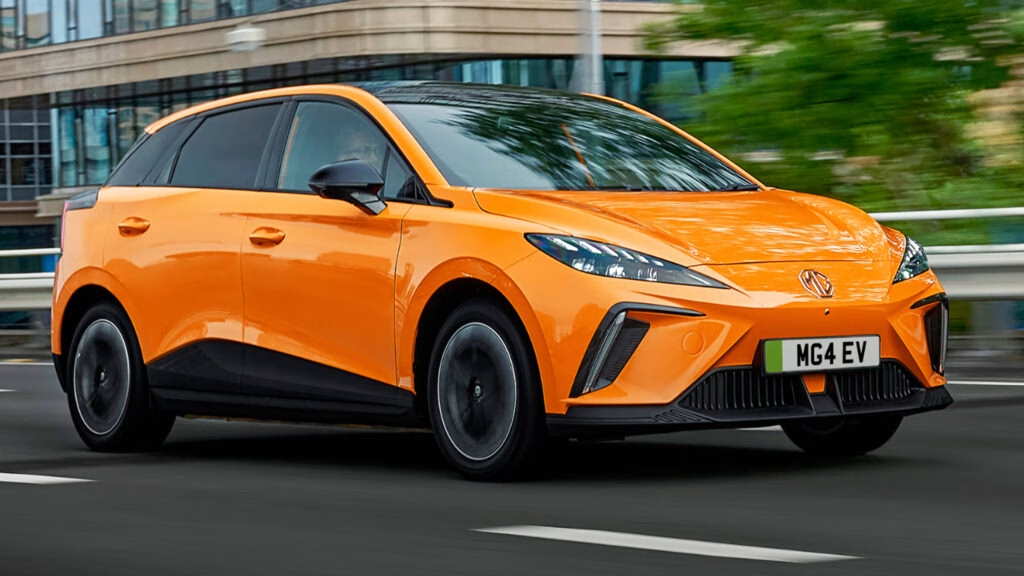Why Are European and British Carmakers Focusing on Bigger, Pricier EVs?
If you’ve been car shopping lately, you might have noticed a trend: European and British automakers are rolling out more large, high-end electric vehicles (EVs), while affordable compact options seem to be fading from their lineups. What’s going on here? The answer lies in a mix of market pressure, shifting consumer preferences, and—most notably—a surge of competition from Chinese manufacturers.
According to a recent report by the FIA Foundation, legacy brands in Europe and the UK are increasingly ceding the affordable EV segment to Chinese rivals. Instead, they’re doubling down on premium SUVs and luxury models, where profit margins are fatter and brand cachet still holds sway. It’s a classic case of picking your battles: rather than fight a price war they’re unlikely to win, these automakers are retreating to higher ground.
How Did Chinese Brands Become the Go-To for Affordable EVs?
Ten years ago, few would have bet on Chinese carmakers becoming global leaders in affordable electric vehicles. Fast forward to today, and China accounts for a staggering 27 percent of global passenger car sales, with a particular knack for small, budget-friendly EVs. What’s their secret sauce?
It comes down to a few key ingredients: robust battery supply chains, manufacturing efficiency, and cutting-edge software integration. Chinese brands like BYD, MG, Omoda, and Jaecoo have mastered the art of producing reliable, tech-forward EVs at prices that undercut most Western competitors. The result? In June alone, about 10 percent of all new cars sold in the UK were from Chinese brands—roughly 19,000 vehicles. That’s not a blip; it’s a seismic shift.
Are Small, Affordable EVs Making a Comeback in the UK?
For years, new cars have been getting bigger and heavier, a trend that’s left city dwellers and budget-conscious buyers longing for the days of the nimble Ford Fiesta or Vauxhall Corsa. Now, the influx of compact Chinese EVs could be the antidote. Steve Gooding, chief executive of the RAC Foundation, put it plainly: if more small, well-priced EVs hit the market, the UK’s love affair with compact cars could be rekindled in a flash.
The numbers back this up. Out of more than 130 EV models currently available in the UK, 33 are priced under £30,000 (about $40,200). That’s a significant chunk of the market, and it’s growing fast. These smaller EVs don’t just appeal to budget buyers—they’re also a practical fit for crowded urban environments, where parking is tight and efficiency is king.
What’s Driving the Surge in Chinese EV Sales?
It’s not just price that’s fueling the Chinese EV boom. These brands have invested heavily in technology, offering features like advanced driver assistance systems and seamless smartphone integration—perks that used to be reserved for luxury models. Plus, their manufacturing scale allows them to keep costs down without cutting corners on quality.
There’s also a broader strategic play at work. China has rapidly evolved from a net importer to the world’s largest net exporter of passenger cars, leveraging its dominance in battery tech and supply chains. This isn’t just about selling cars; it’s about setting the pace for the entire industry.
How Are UK Policies and Incentives Shaping the EV Market?
Government incentives are playing a crucial role in making EVs more accessible. The UK’s Department of Transport currently offers discounts of up to £3,750 ($5,025) on new electric cars—a meaningful chunk off the sticker price. On top of that, the country is investing in infrastructure, with more than 100,000 new public charging locations planned. These moves are designed to smooth the transition for drivers considering the switch to electric, especially those eyeing smaller, more affordable models.
What Does the Future Hold for Affordable EVs in Europe and the UK?
The landscape is changing fast. While established European and British brands may be stepping back from the affordable EV segment, Chinese manufacturers are stepping up—offering more choice, better value, and a fresh take on what a city car can be. This competition is already pushing the market in new directions, and it’s likely to accelerate as more models hit the road.
The big takeaway? Winning the EV race isn’t about perfection—it’s about making smarter, more agile moves. Start by exploring one of the new, budget-friendly EVs this week, and you might just find your next car is smaller, smarter, and easier on your wallet than you ever expected.

